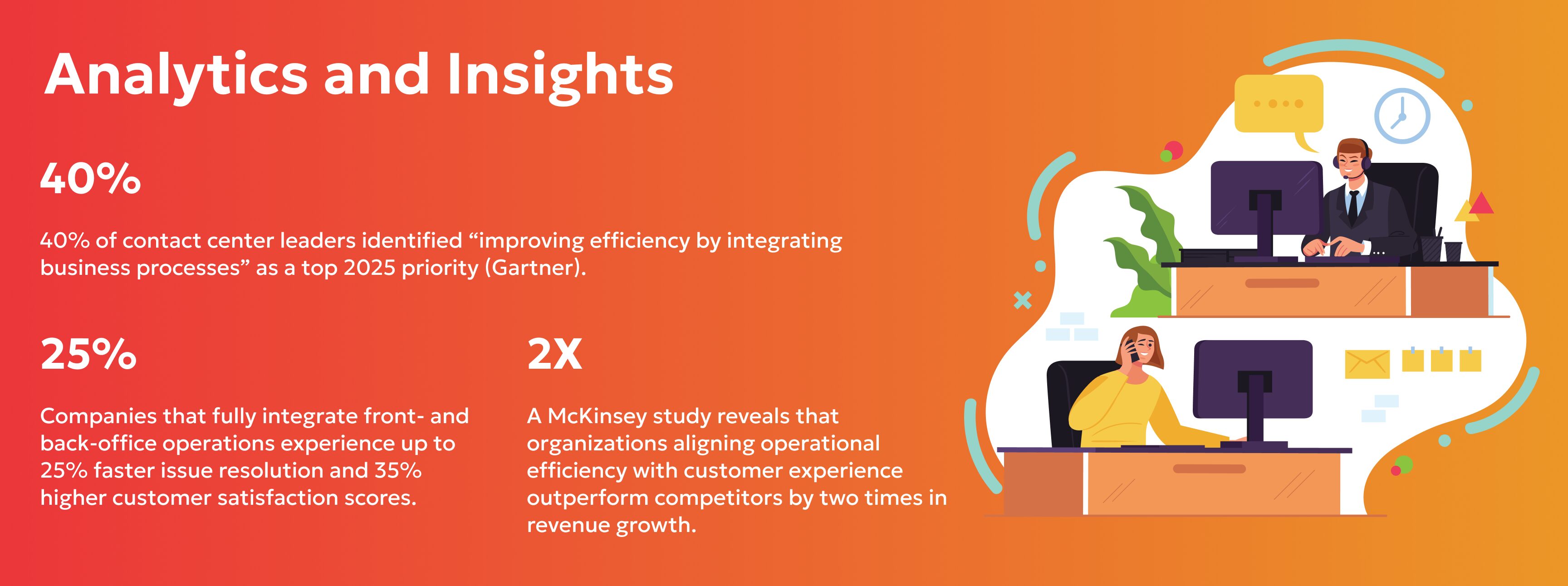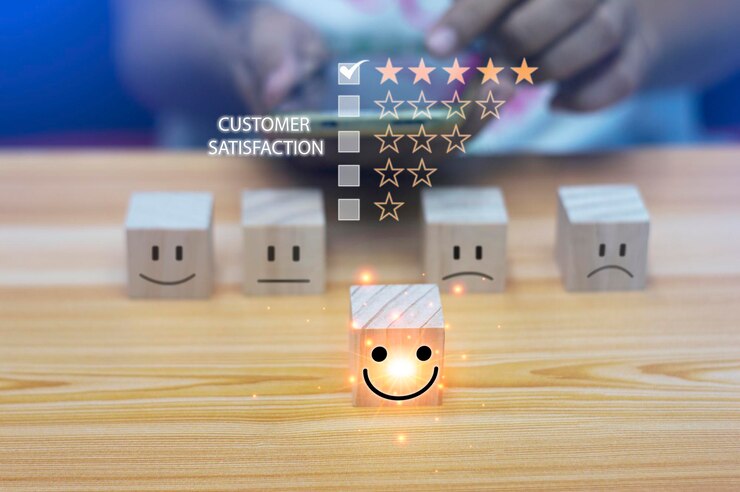The traditional boundaries between front-office and back-office operations are fading fast. What was once a clear separation—frontline teams handling customer interactions and back-office teams managing support functions—is now converging into a unified business process strategy. In today’s customer-driven marketplace, the integration of these functions within contact centers is not only streamlining workflows but also elevating the customer experience (CX).
This convergence is transforming how companies manage efficiency, cost, and service quality. Leading providers like XMC BPO are at the forefront, offering integrated business process outsourcing solutions that blend the speed of frontline service with the precision of back-office support.
Why Convergence Is Happening
Rising Customer Expectations
According to a PwC survey, 73% of customers say that a positive experience is one of the most important factors in their purchasing decisions. Customers expect quick, accurate, and personalized service—something that can only be achieved when front-office and back-office teams work seamlessly.
Digital Transformation
Automation, AI, and cloud platforms are breaking silos. Contact centers now use integrated dashboards that allow agents to access customer history, billing, logistics, and support data in real-time—functions traditionally handled by back-office teams.
Efficiency and Cost Pressures
A Deloitte report shows that organizations leveraging business process integration see a 30–40% increase in productivity. By merging workflows, businesses reduce duplication, speed up resolution times, and save significantly on operational costs.


Key Benefits of Convergence in Contact Centers

Improved First-Call Resolution (FCR)
With access to real-time back-office data, frontline agents resolve issues faster, reducing repeat calls.

Streamlined Workflows
Automation eliminates manual handoffs between departments, minimizing errors and delays.

Higher Customer Satisfaction
Customers get accurate and complete answers without being transferred between multiple departments.

Operational Cost Savings
Integrated systems reduce duplication, optimize staffing, and enhance productivity.

Agile Decision-Making
Unified data across business processes provides leaders with better insights for strategic decision-making.
XMC BPO: Leading the Convergence
At XMC BPO, the philosophy is simple: the customer journey doesn’t end with the frontline—it extends into every back-office process that supports it. By merging front- and back-office functions through advanced digital platforms and analytics, XMC BPO ensures faster resolutions, consistent service quality, and a seamless experience across all touchpoints.
Through AI-driven workflows, cloud-based solutions, and integrated process management, XMC BPO empowers businesses to stay competitive while delighting their customers. This holistic approach positions the company as a leader in the convergence movement within the BPO industry.
Conclusion
The convergence of back-office and frontline processes marks a new era for contact centers. It’s no longer about operating in silos but creating a unified, efficient, and customer-first model. Businesses that embrace this shift not only boost operational efficiency but also strengthen customer loyalty and long-term growth.
With trailblazers like XMC BPO driving innovation, the line between the back office and frontline is blurring for good—reshaping the future of customer experience.



